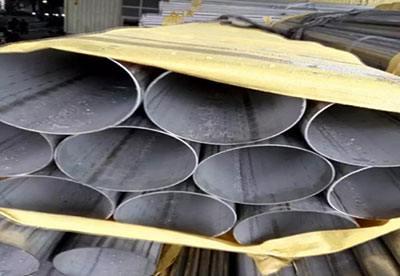Is 304 stainless steel weldable?
Stainless steel is a popular material used in a variety of applications due to its corrosion resistance and durability. One of the most commonly used types of stainless steel is 304, which is widely used in the manufacturing of kitchen appliances, food processing equipment, and chemical processing plants. When it comes to welding, the question of whether 304 stainless steel is weldable is a common one. The short answer is yes, but there are a few things to keep in mind when welding 304 stainless steel.
Firstly, it’s important to note that the weldability of 304 stainless steel depends on the type of welding process being used. There are several types of welding processes, including TIG (tungsten inert gas) welding, MIG (metal inert gas) welding, and stick welding. Of these, TIG welding is generally considered the best option for welding 304 stainless steel.
TIG welding involves using a tungsten electrode to create an arc between the electrode and the workpiece. A filler material is then added to the joint to create the weld. This process allows for precise control over the heat input, which is important when welding stainless steel as too much heat can cause distortion, warping, and other issues.
In addition to using the right welding process, it’s also important to choose the right filler material. The filler material used for welding 304 stainless steel should be of a similar composition to the base metal, in this case, 304 stainless steel. This helps to ensure that the joint has the same corrosion resistance and other properties as the base metal.
It’s also important to clean the welding area thoroughly before starting the welding process. Any contaminants or impurities can cause issues with the weld, so it’s important to clean the area using a wire brush, acetone, or another suitable cleaner.
Another factor to consider when welding 304 stainless steel is the thickness of the material being welded. Thicker materials require more heat input to create a proper weld, so it’s important to adjust the heat settings accordingly.
Previous: >> Is stainless steel tubing expensive? Next: >> Can you weld stainless steel to steel pipe?







